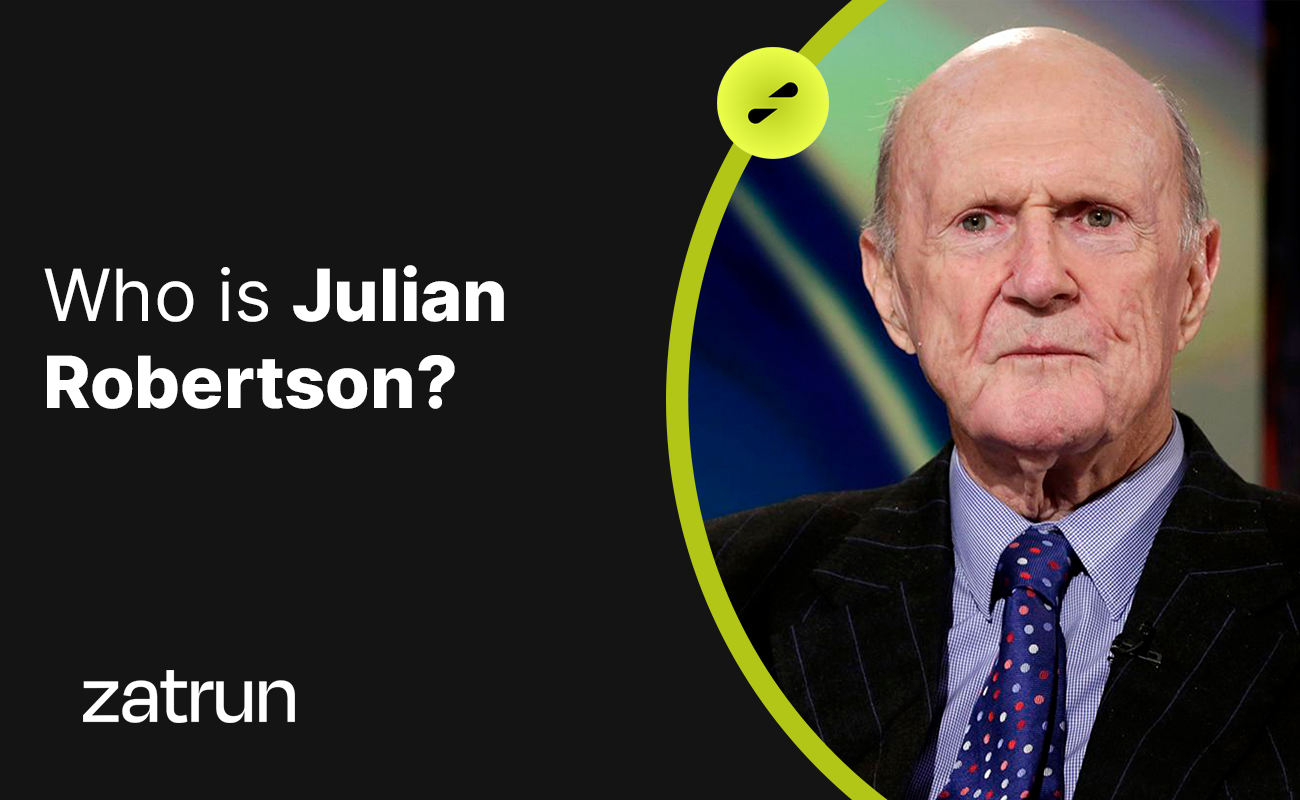Jan Tinbergen 101: Who is the Nobel Prize-Winning Economist? in our article of Zatrun.com, we will cover in detail everything you need to know about Jan Tinbergen, a famous Dutch Nobel Prize-winning economist who our readers are curious about.
Who is Jan Tinbergen?
June April 12, 1903, The Hague – June 9, 1994, The Hague) was a Dutch economist and, together with Ragnar Frisch, one of the founders of econometrics. He is an economist known for his work on economic planning in underdeveloped countries. At the same time, Jan Tinbergen was among the first economists to combine economic theory with mathematics and statistics.
Education and Career Life:
Jan Tinbergen was born as the first child in a family of five children, all of whom were proficient in science. The fact that his father was a linguistics teacher at a secondary school had a significant impact on Jan’s use of simple language in his scientific studies. Growing up in a family with strong political interests, Jan joined the Socialist Youth Organization and later the Social Democratic Party, which influenced his political views. He refused military service due to his political beliefs and was forced to do compulsory military service by state order. He completed some of them at the Central Statistical Office.

After working as an assistant at the university for a while, he returned to the Statistics Department. He had studied physics at the university, but the title of his doctoral thesis was “Minimal Problems in Physics and Economics”. After this thesis, his interest gradually shifted to economics. But the mathematical knowledge he obtained from his university education and the statistical experience he gained working in the statistics department led him to apply these two sciences in the field of economics. Jan Tinbergen tried to apply this approach to cyclical cycle fluctuations. He developed econometric models aimed at explaining and empirically testing conjunctural cycle theories. Although these works contained elements of Keynesian thought, they received criticism from Keynes himself.
It was not until the 1960s that Jan Tinbergen’s work received the necessary attention. However, later he focused on the areas of welfare economics and development planning and worked for various international organizations. He developed various planning techniques and studied income distribution. He played an active role in the establishment of the State Planning Organization in Turkey and pioneered the creation of the first plans based on input-output analysis. Tinbergen advocated fair income distribution, but their analysis focused more on equalizing well-being than income. in 1969, together with Ragnar Frisch, he won the Nobel Memorial Prize in Economic Sciences for his work on “developing dynamic models and applying them to economic analysis”.
Important Works:
Jan Tinbergen wrote several important works during his career, including “Business Cycles in the United States, 1919-1932” (1939), “Statistical Test of Business Cycle Theories” (1939), “International Economic Cooperation” (1946). On the Theory of Economic Policy” (1952), “Economic Policy: Principles and Design” (1956), “Mathematical Models of Economic Growth” (1962) and “Dynamics of Business Cycles: A Research on Economic Fluctuations” (1974) ). in 1975 he published “Income Distribution: Analysis and Policies”, in 1977 “Der Dialog Nord-Süd: Informationen zur Entwicklungspolitik” and in 1978 his work “Economic Policy: Principles and Design”.












